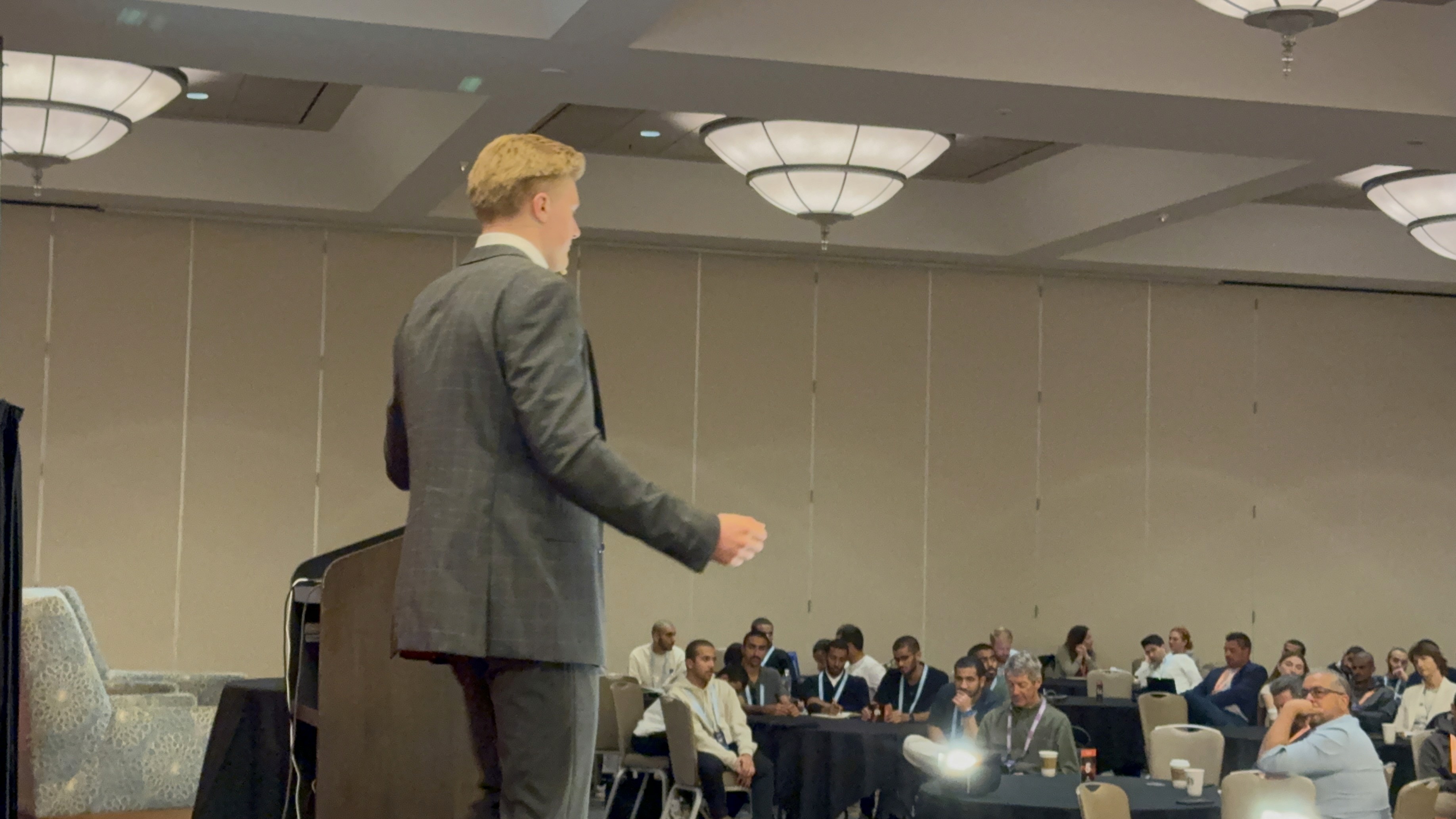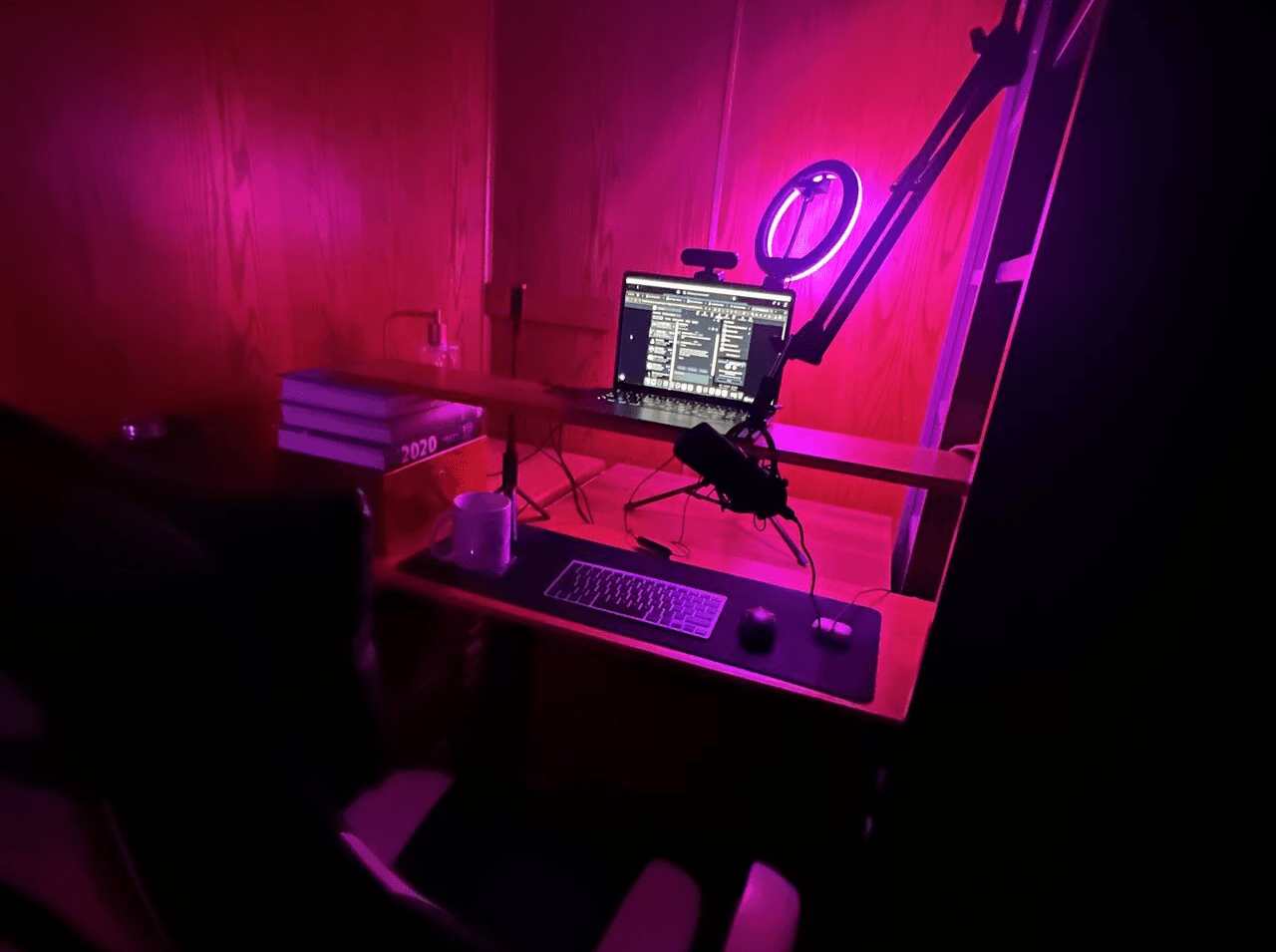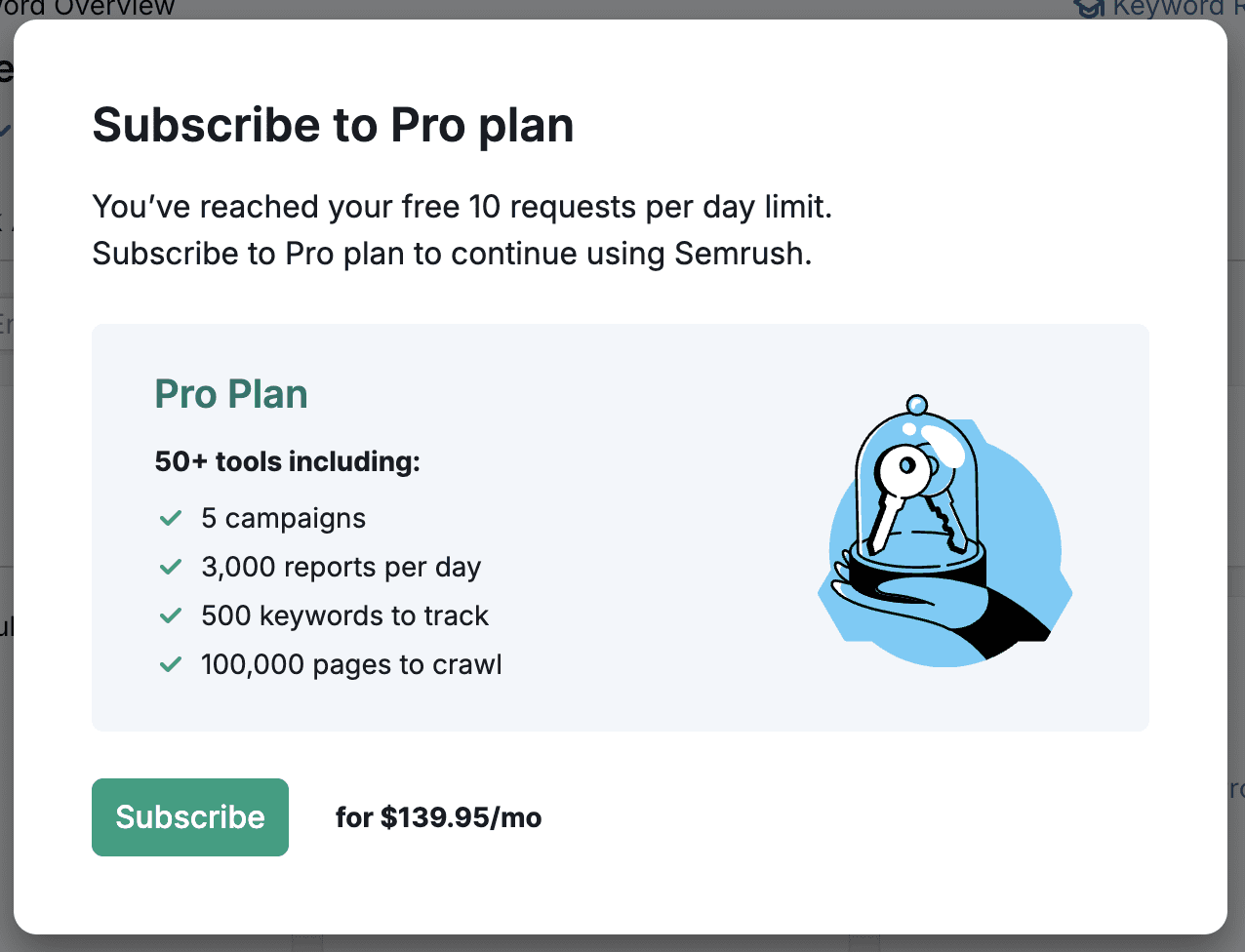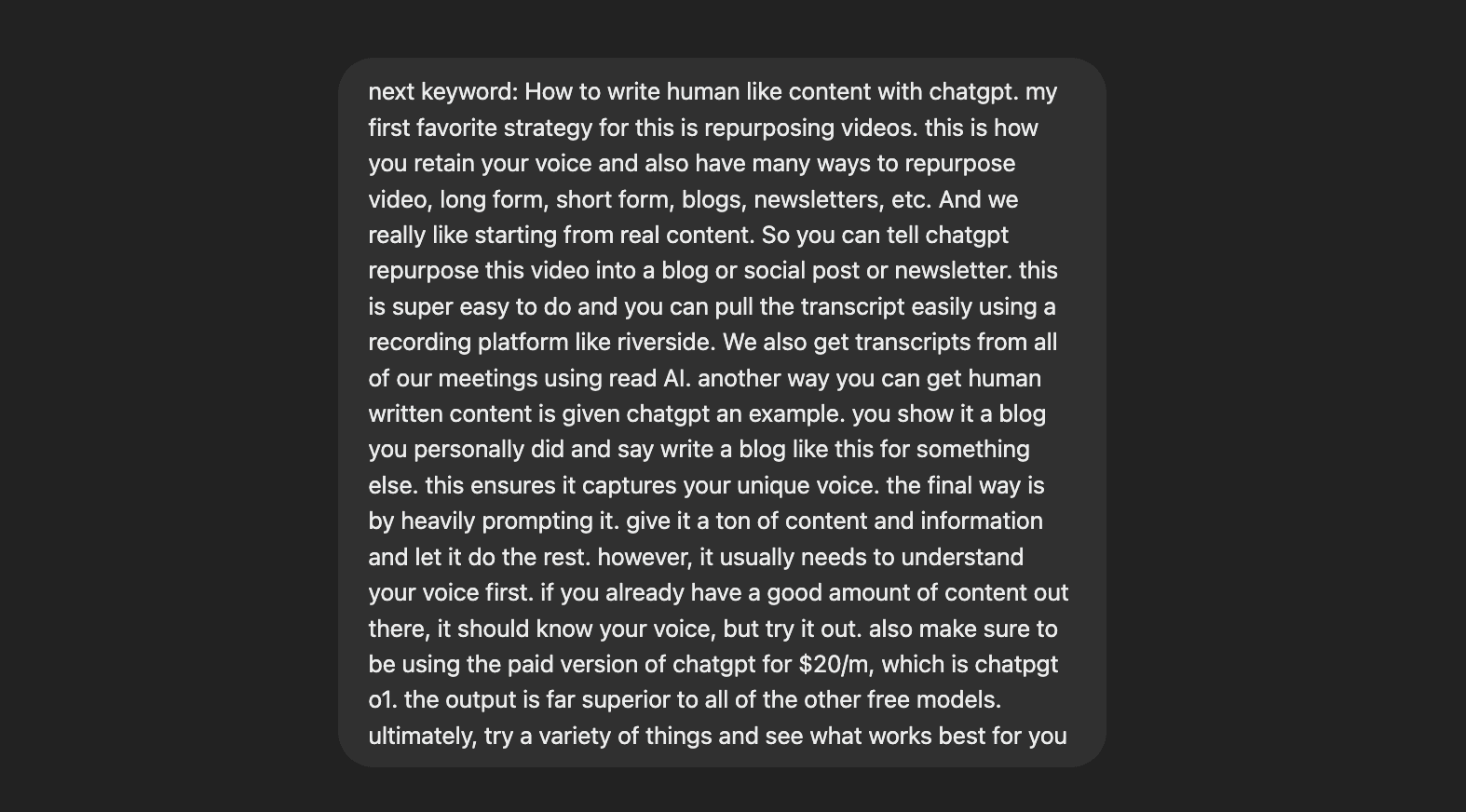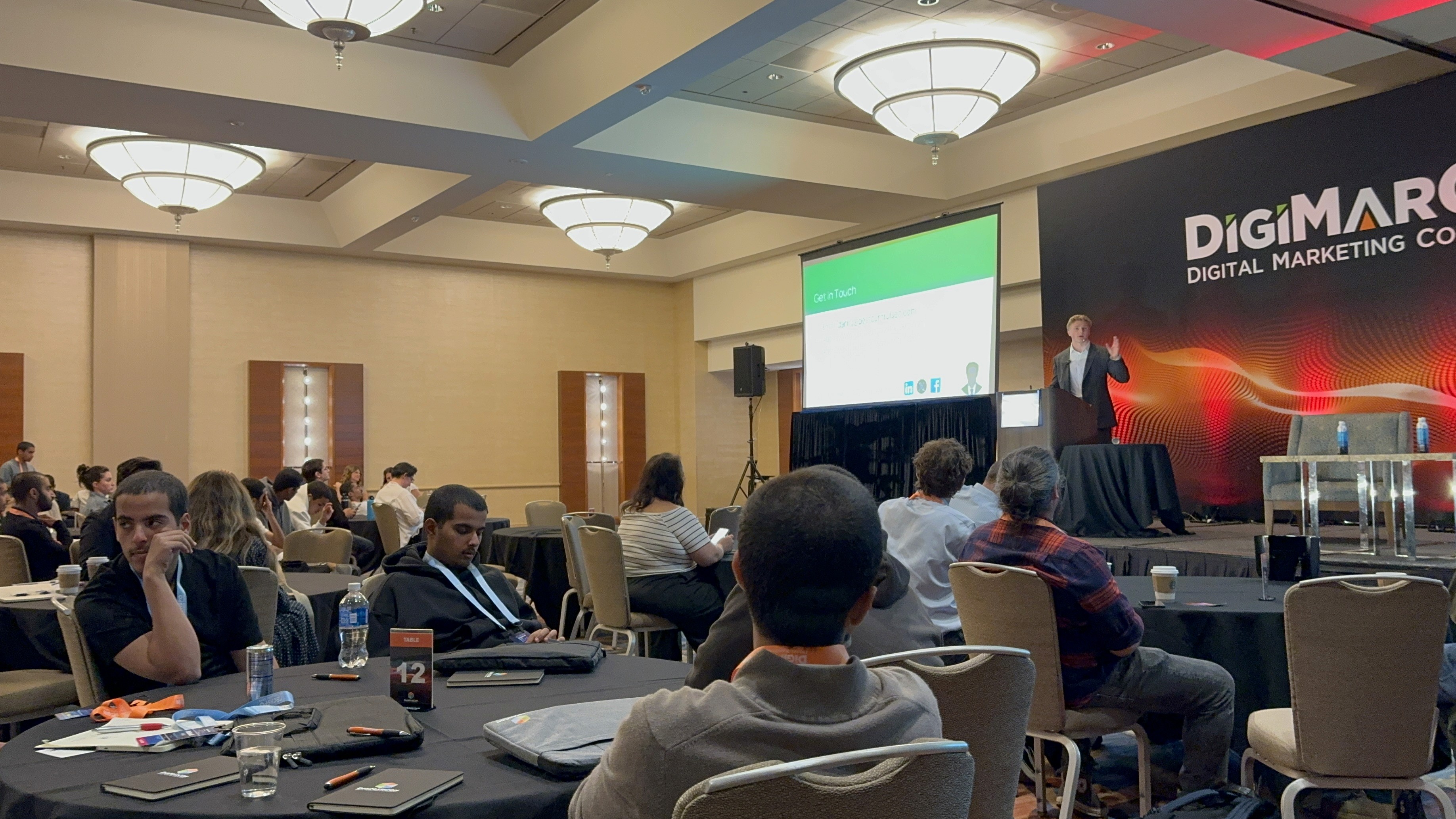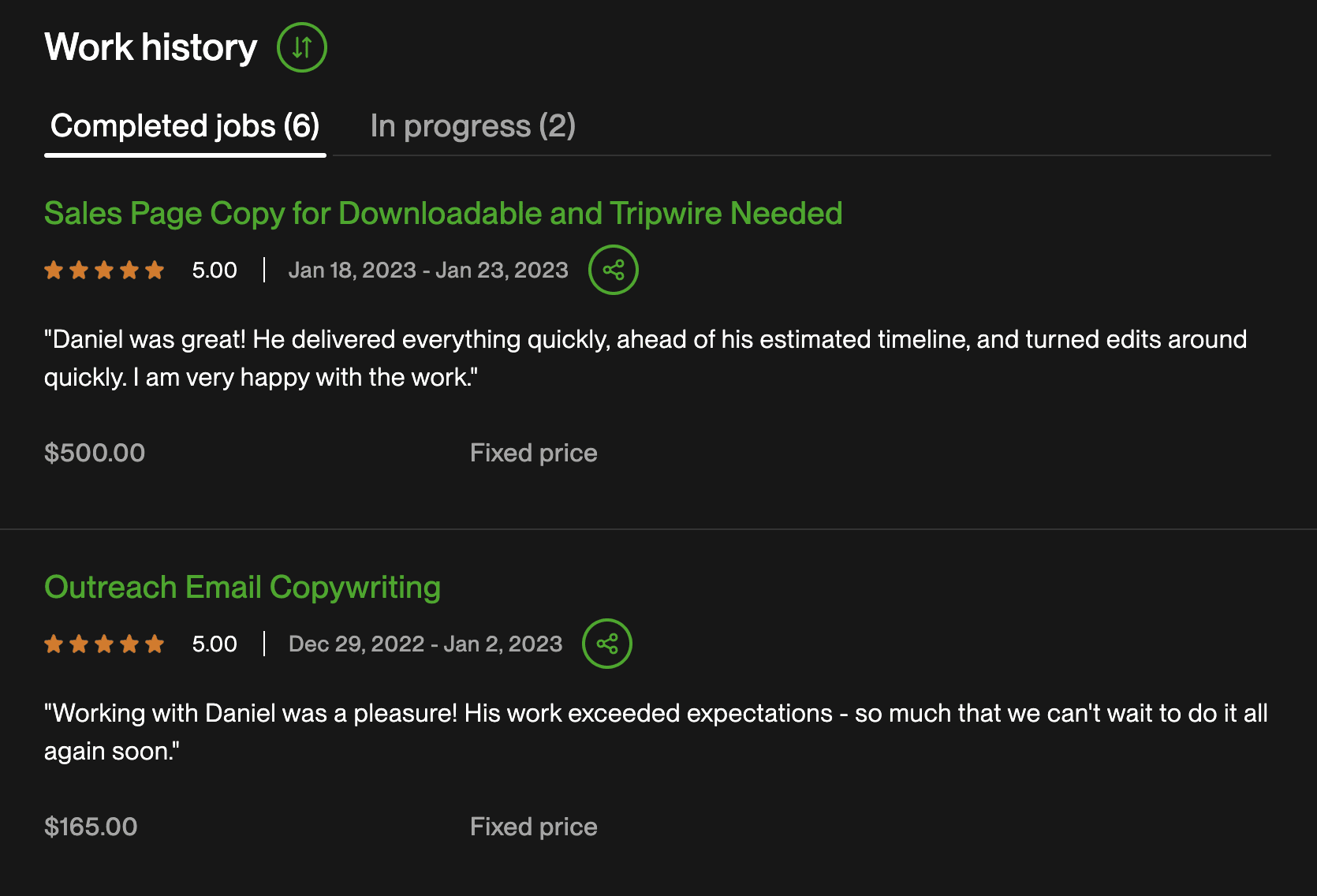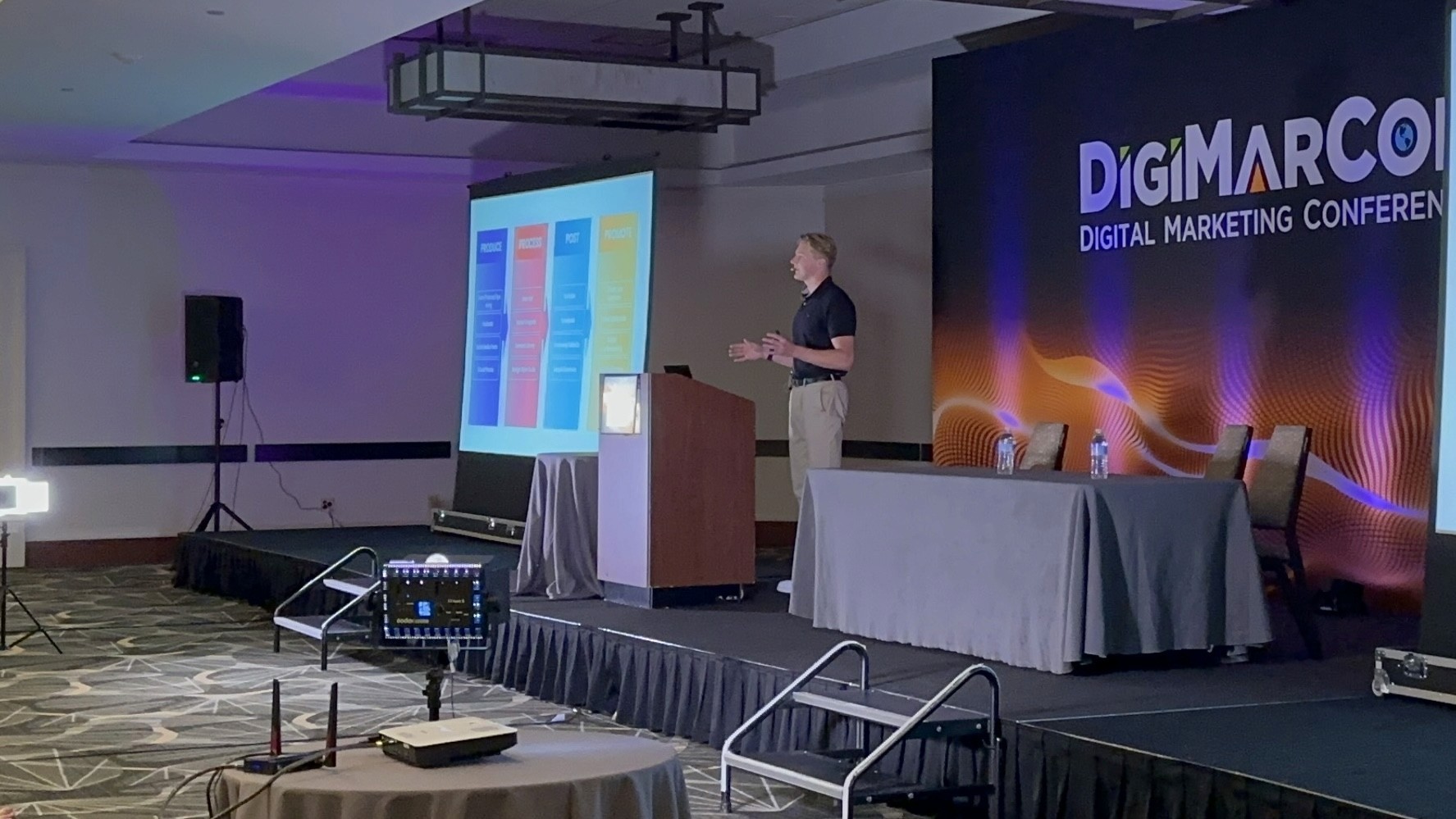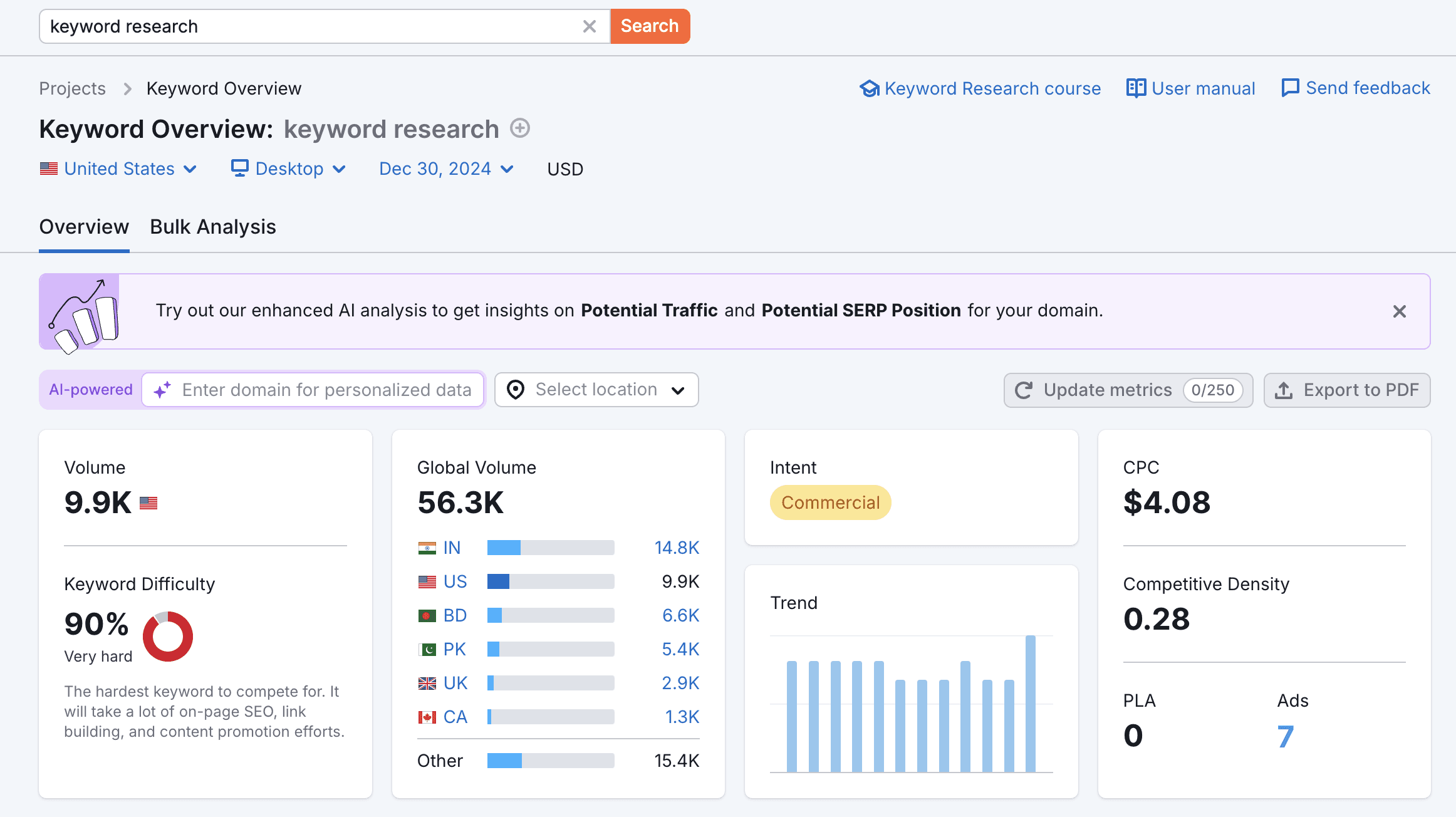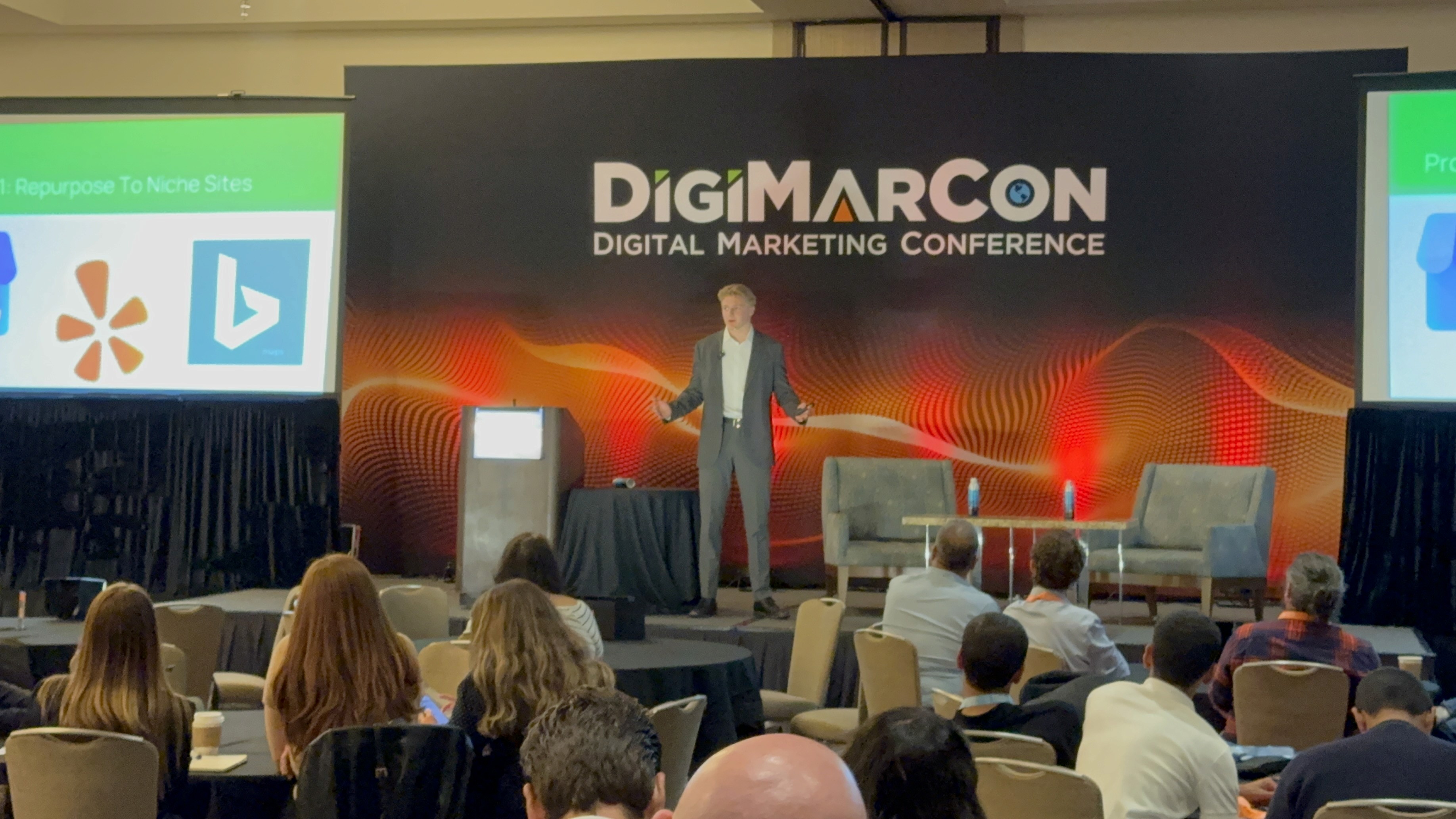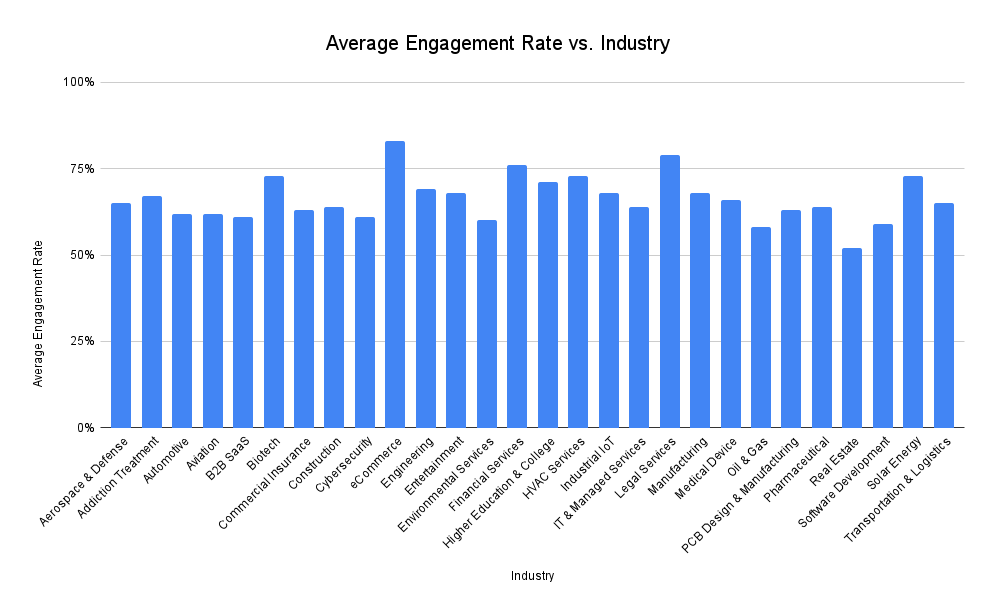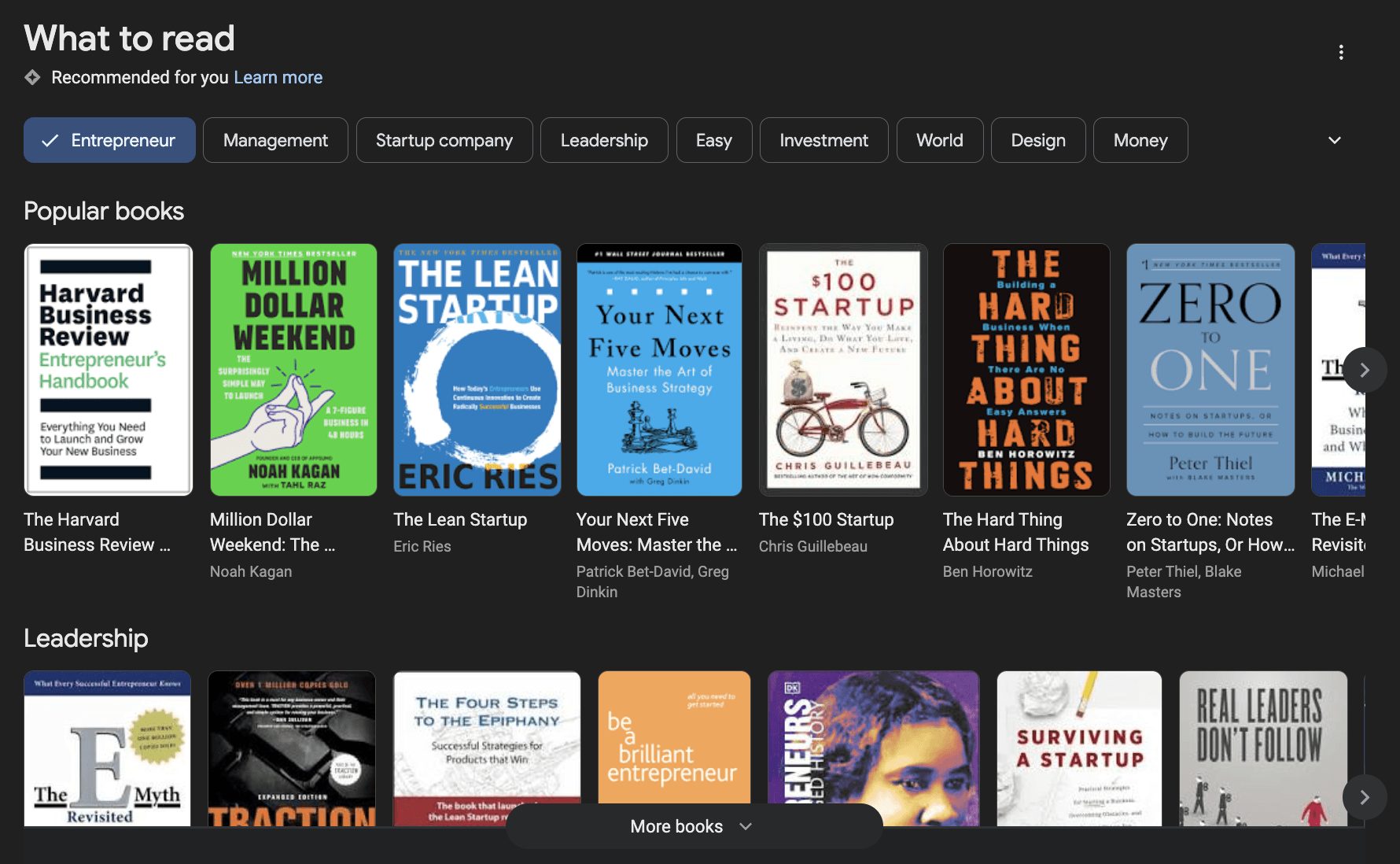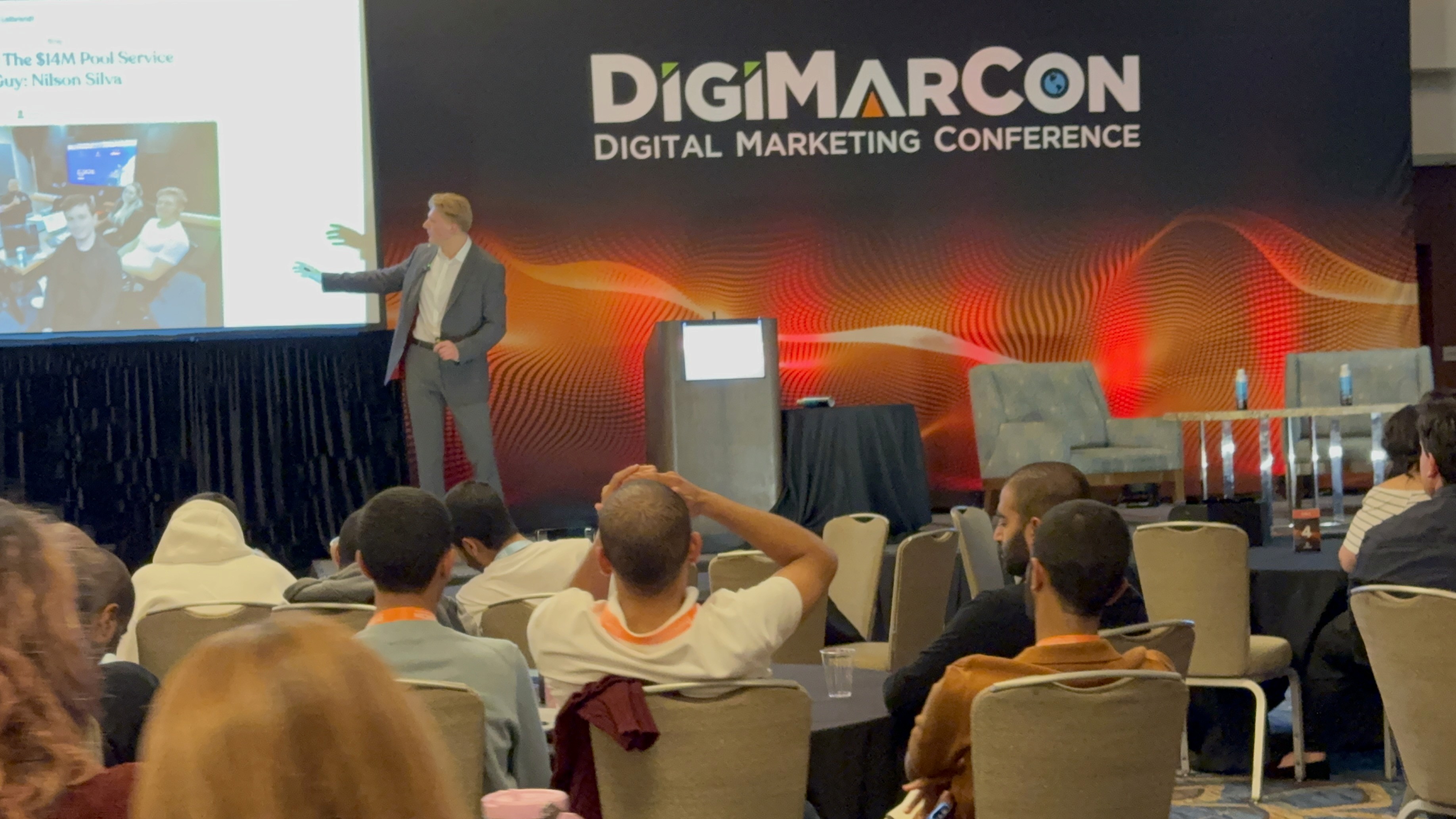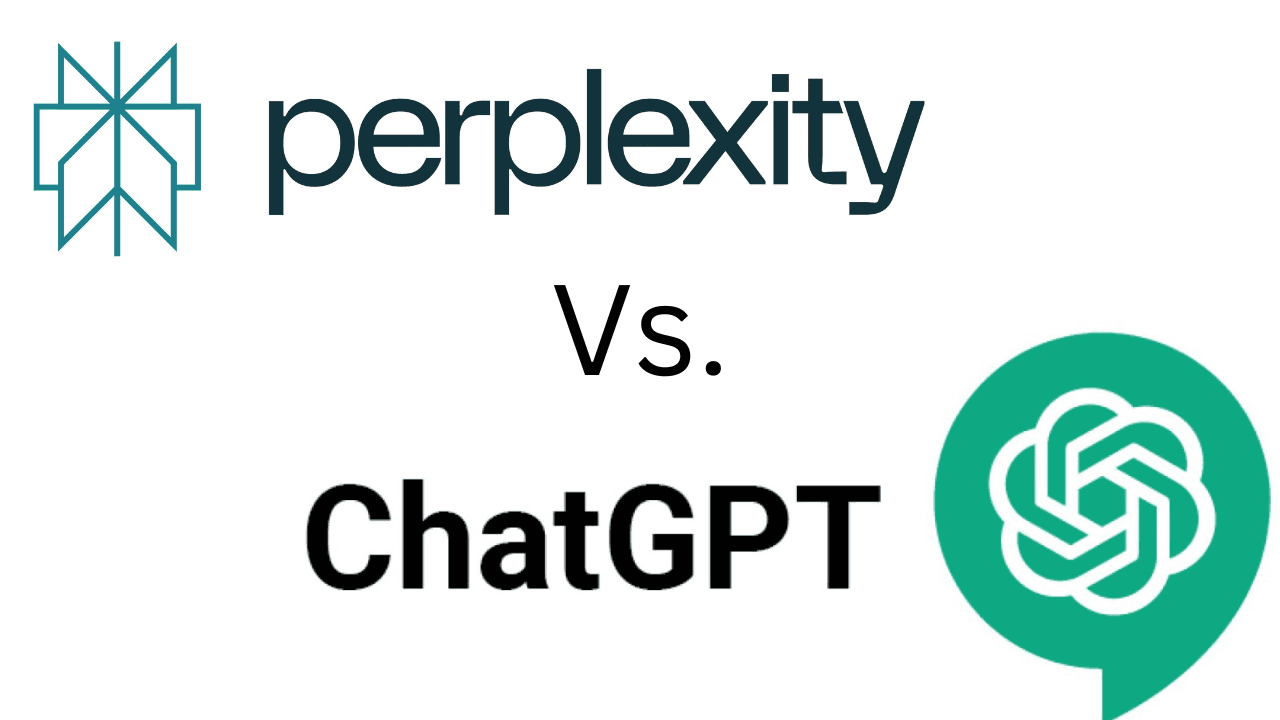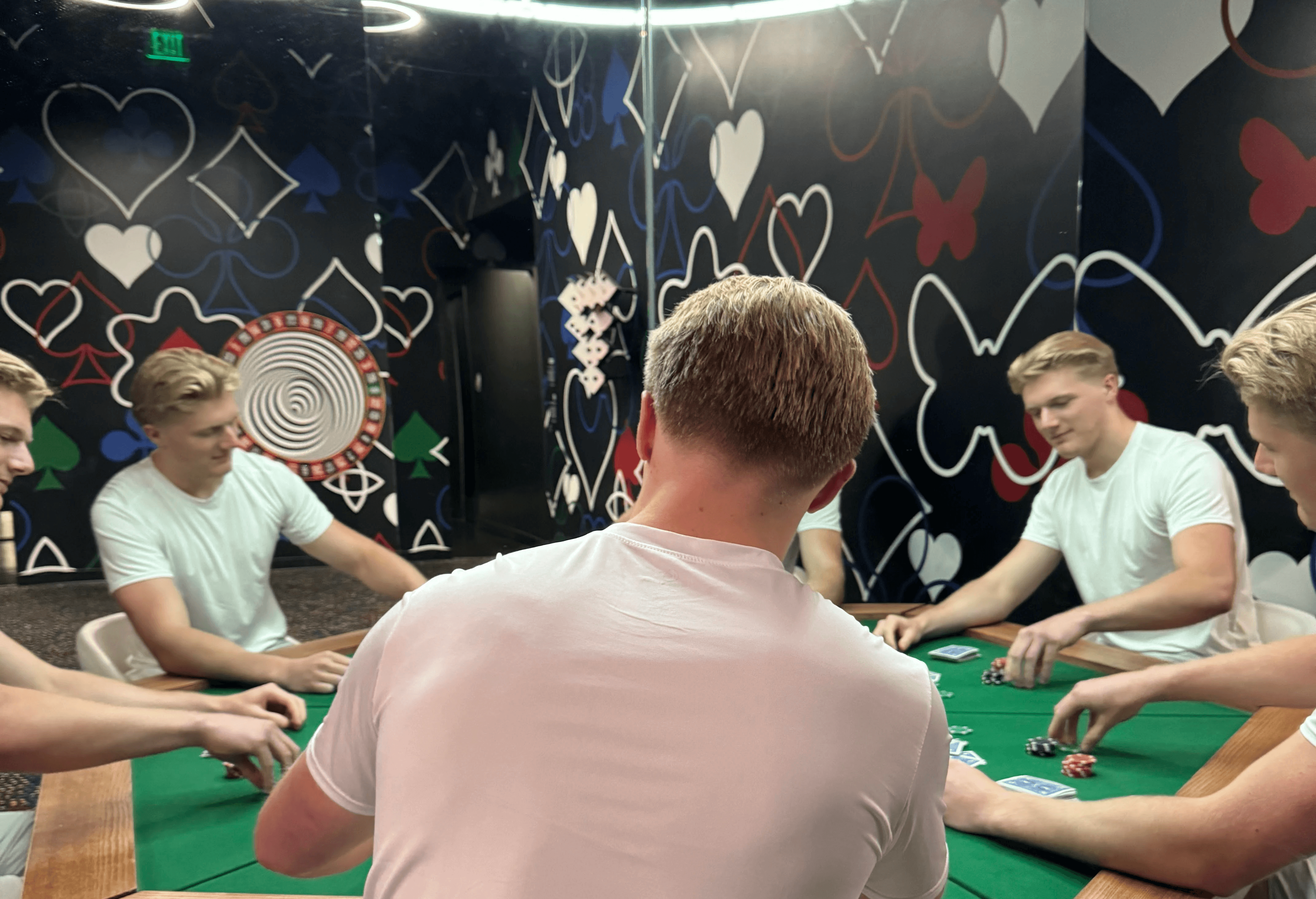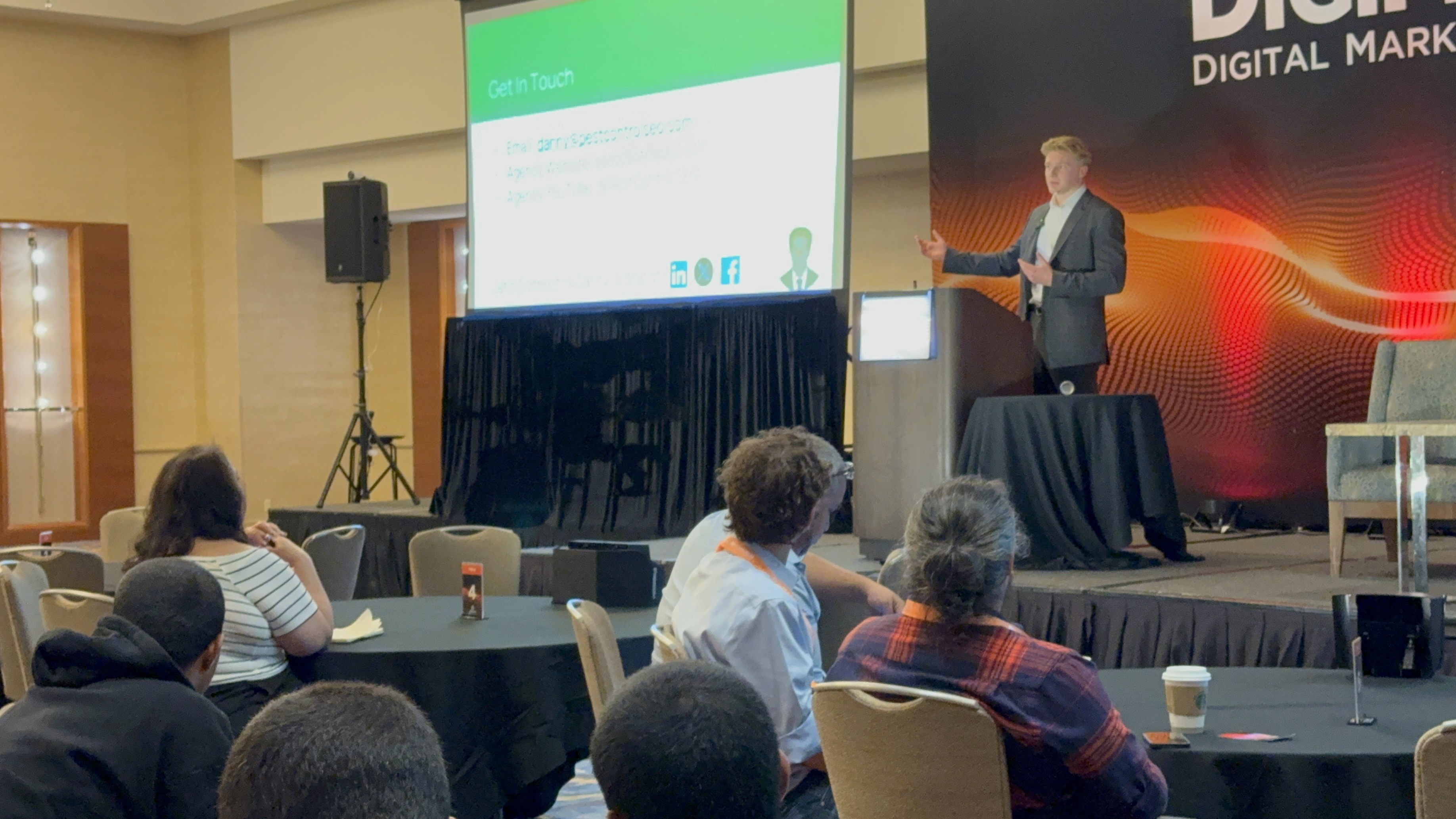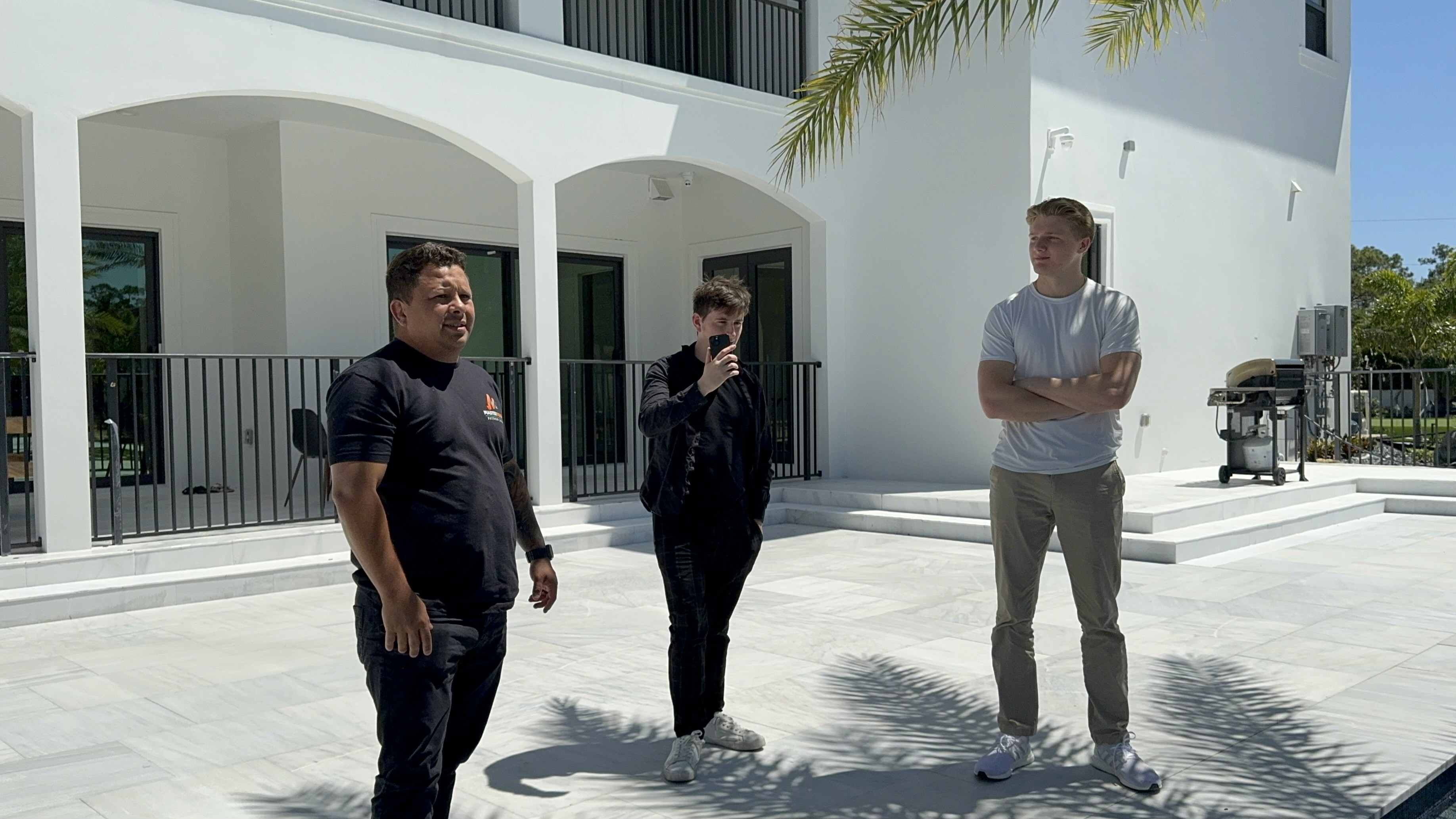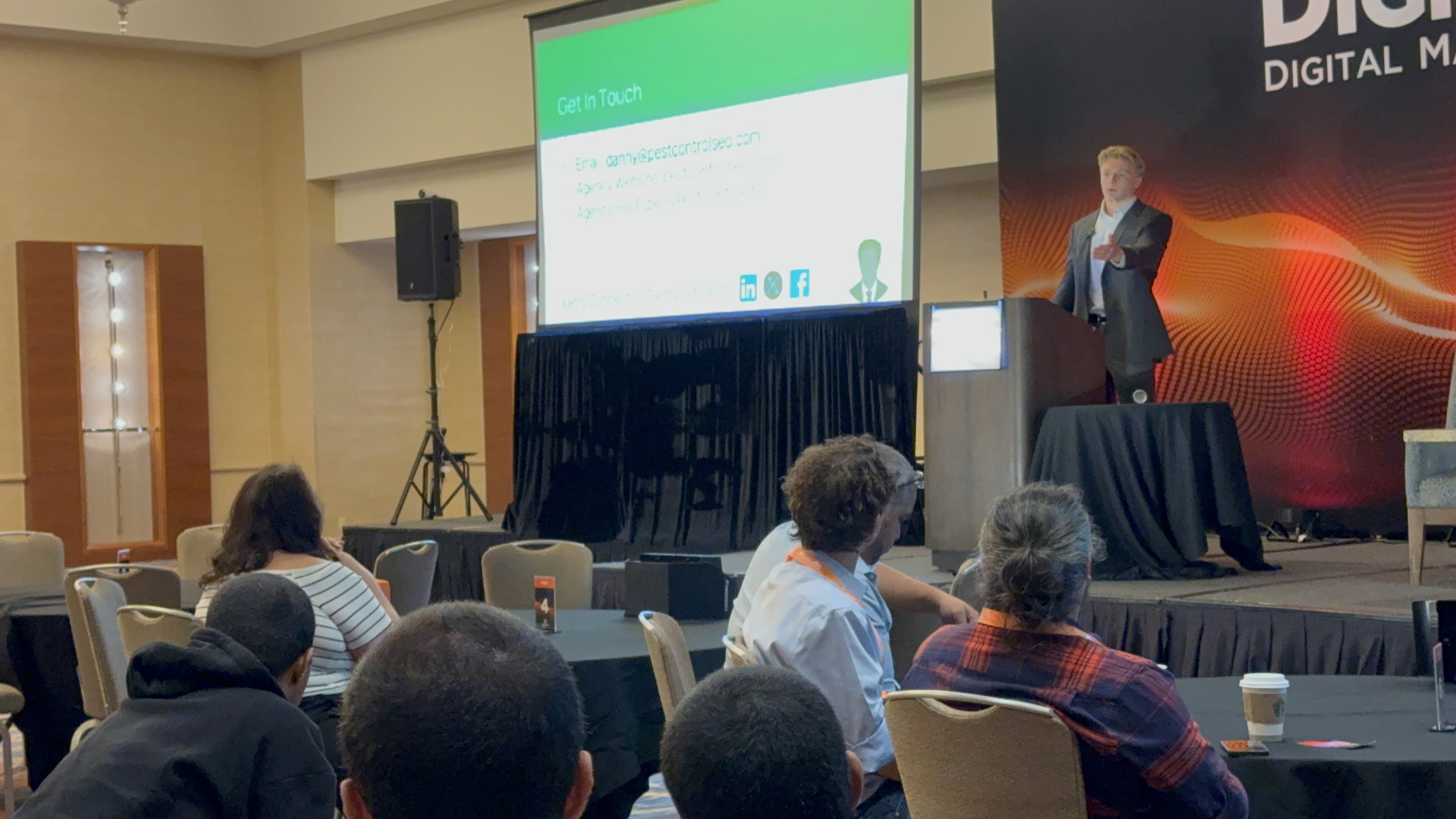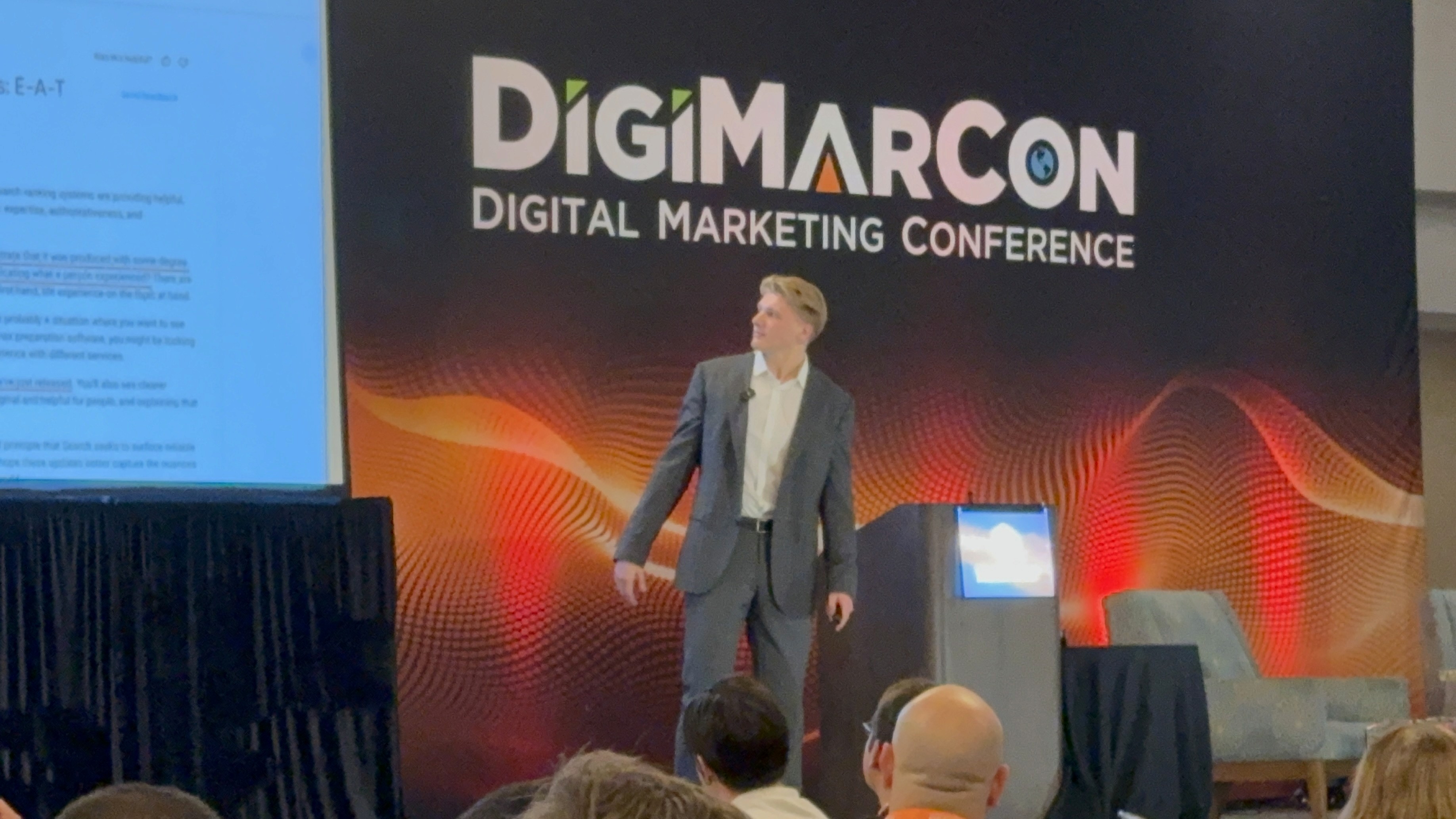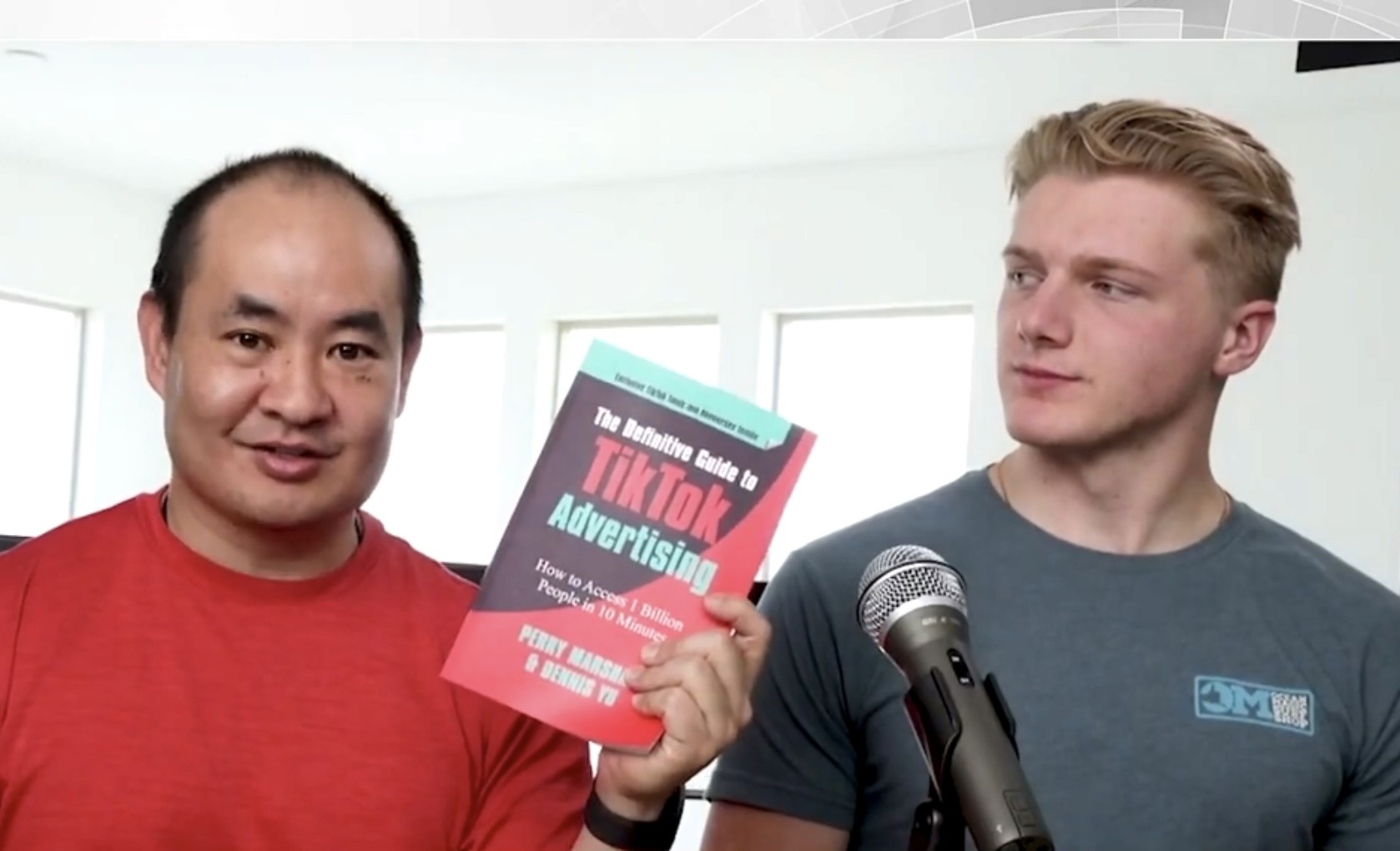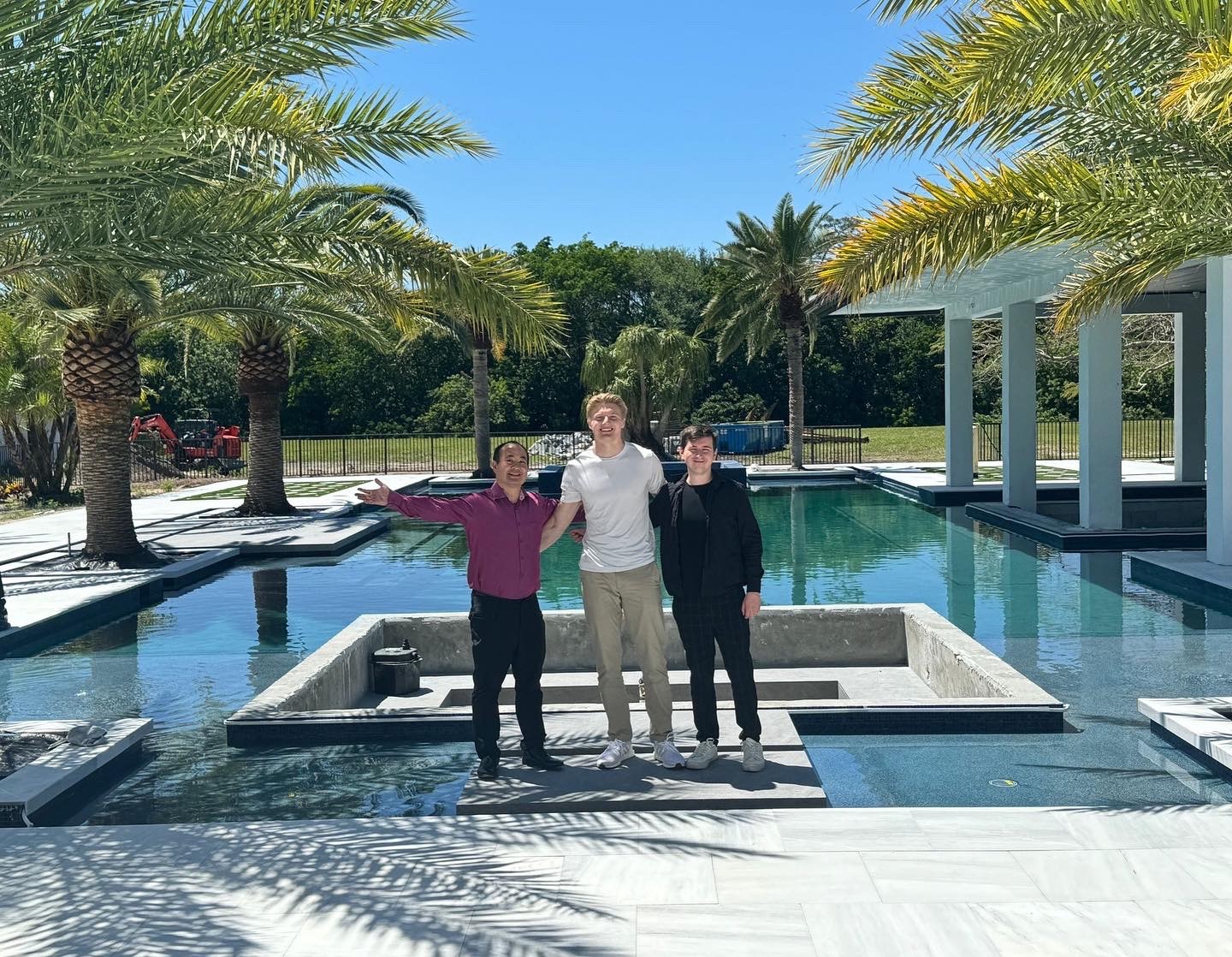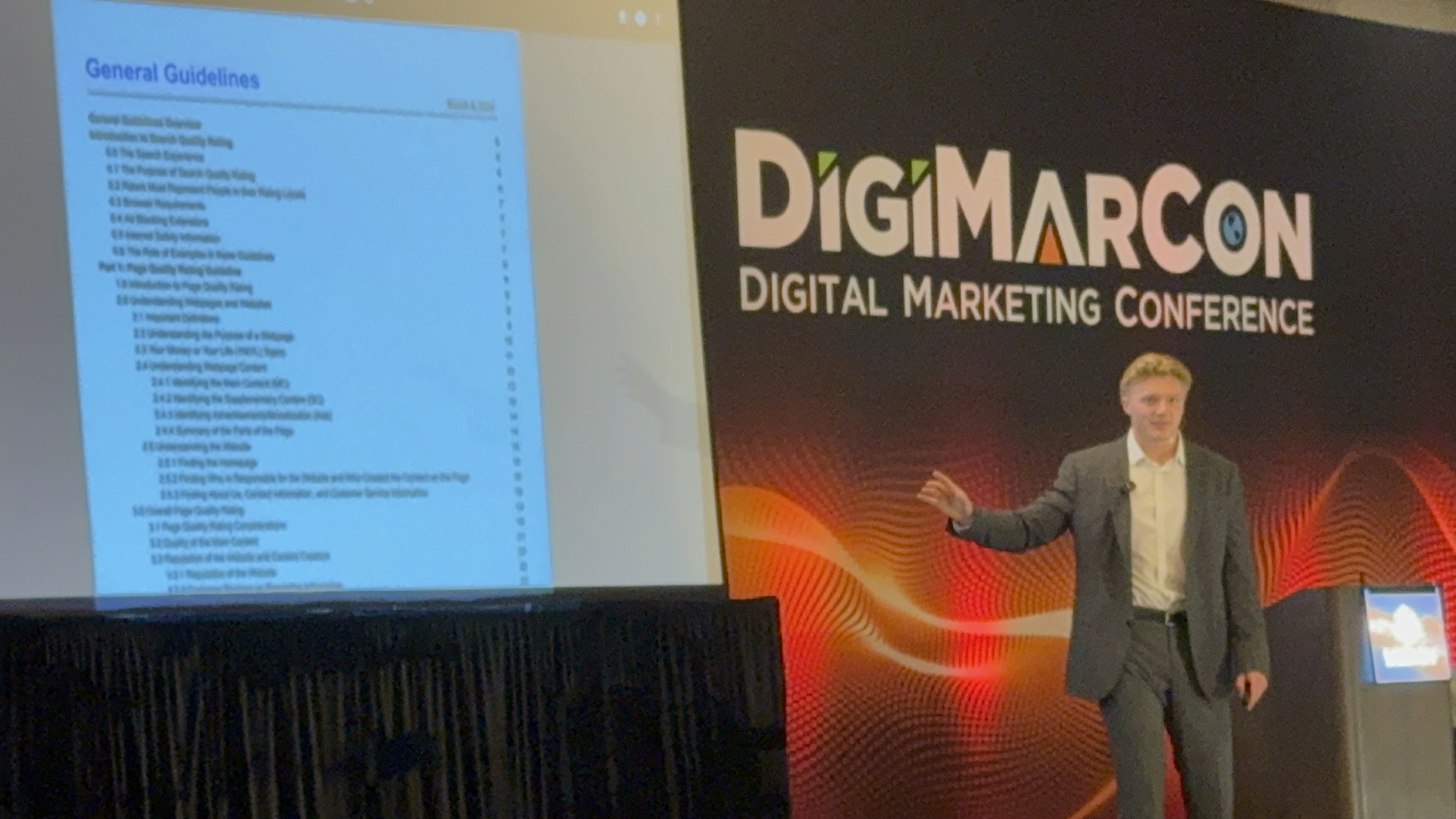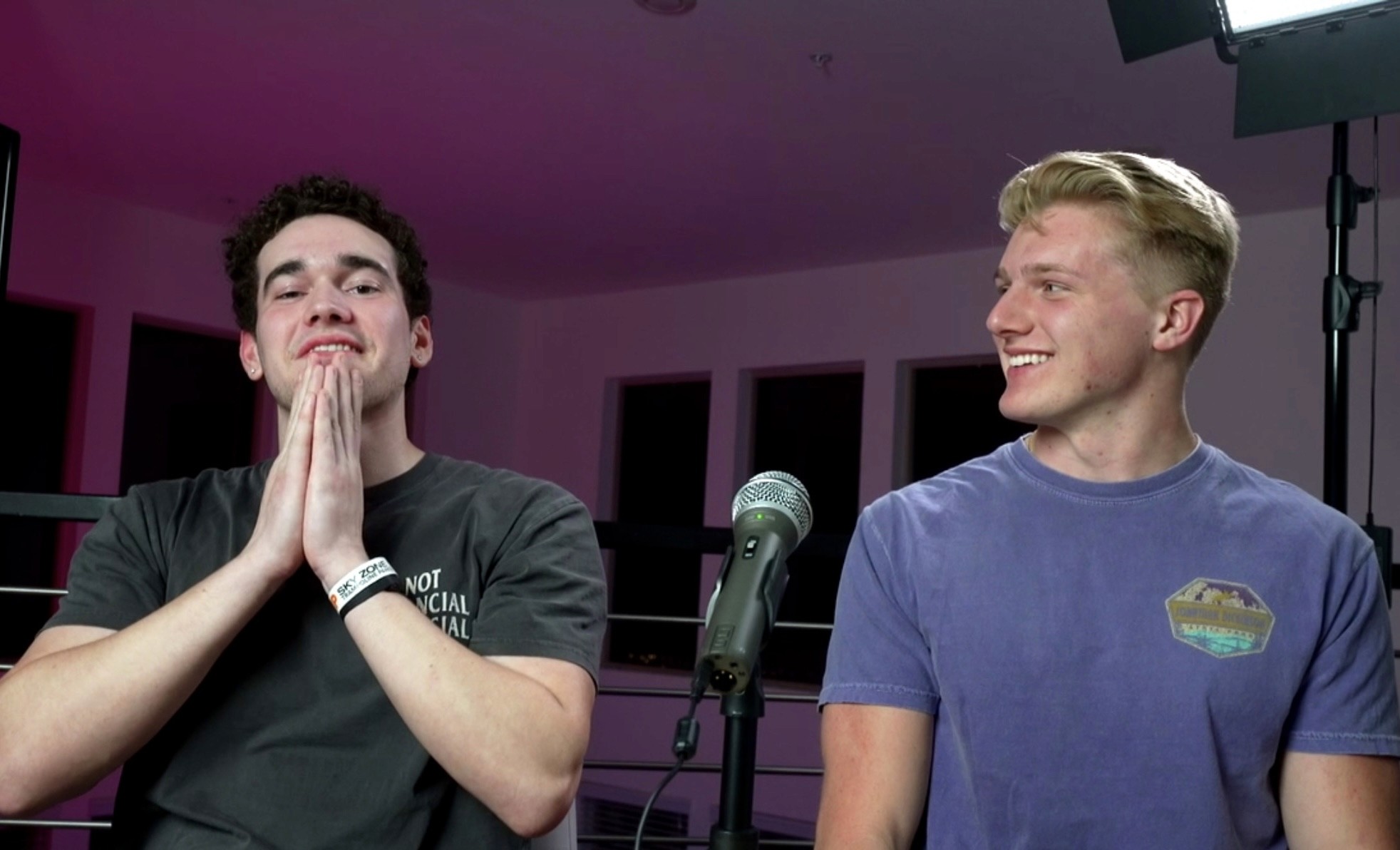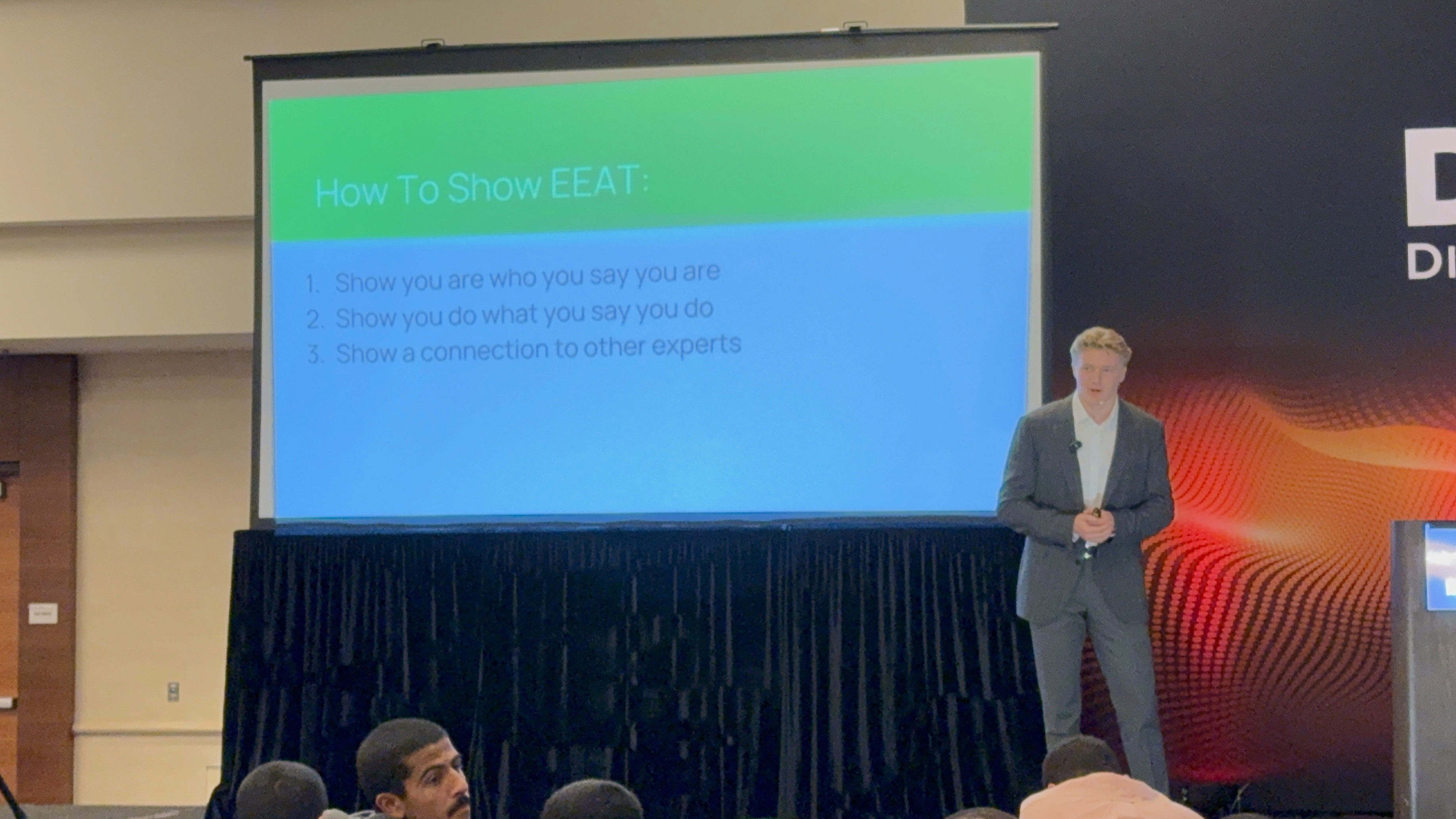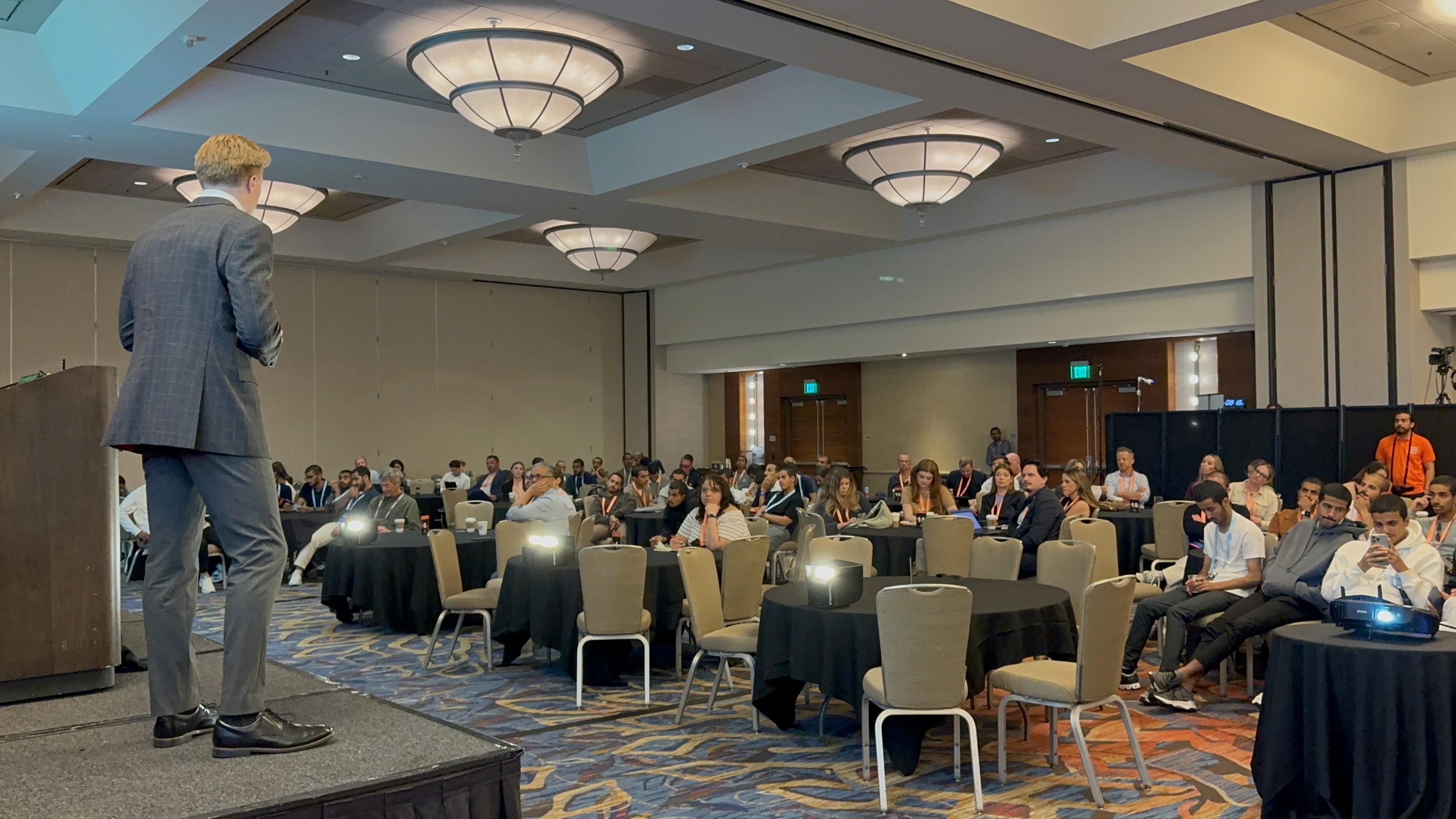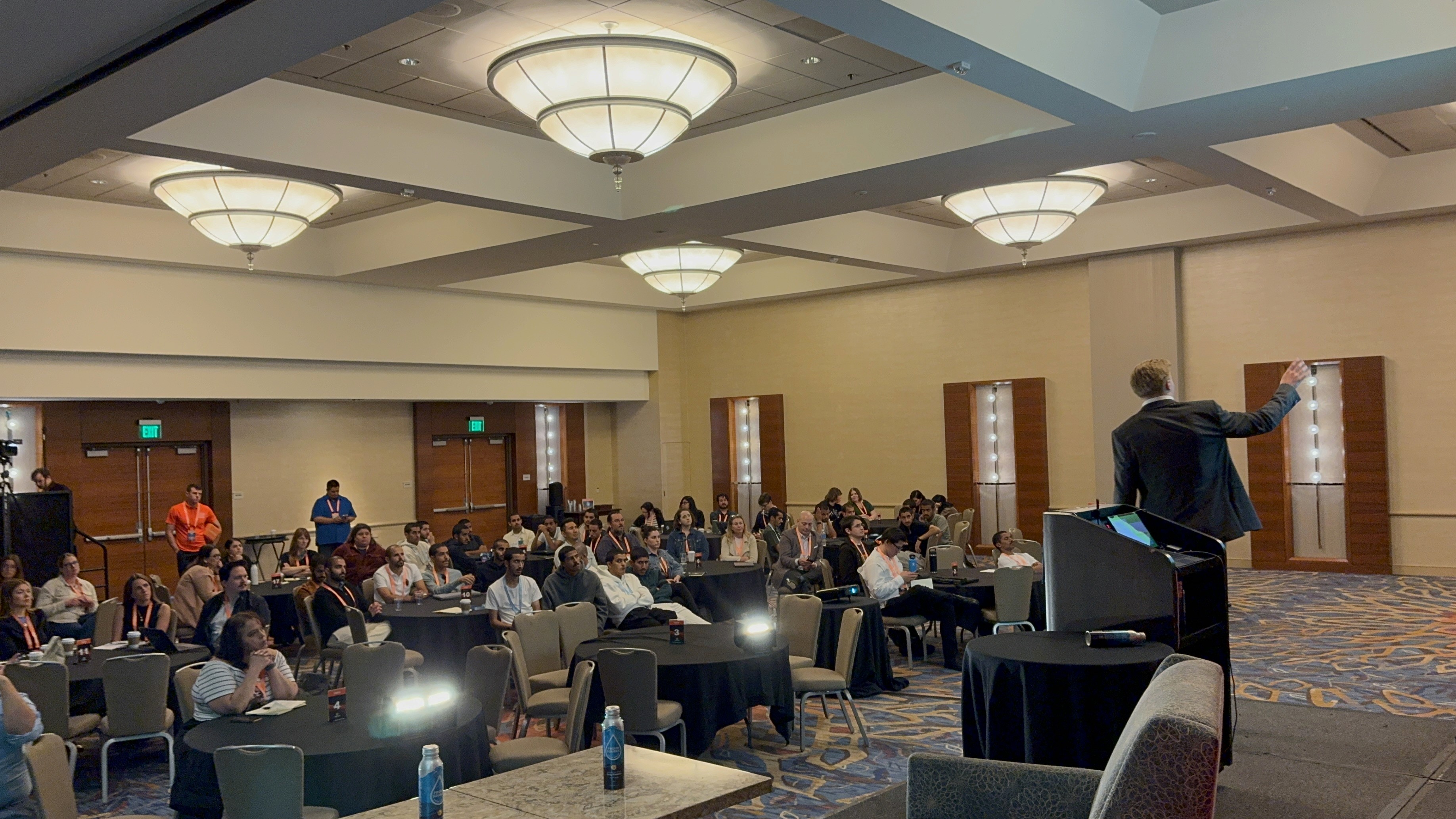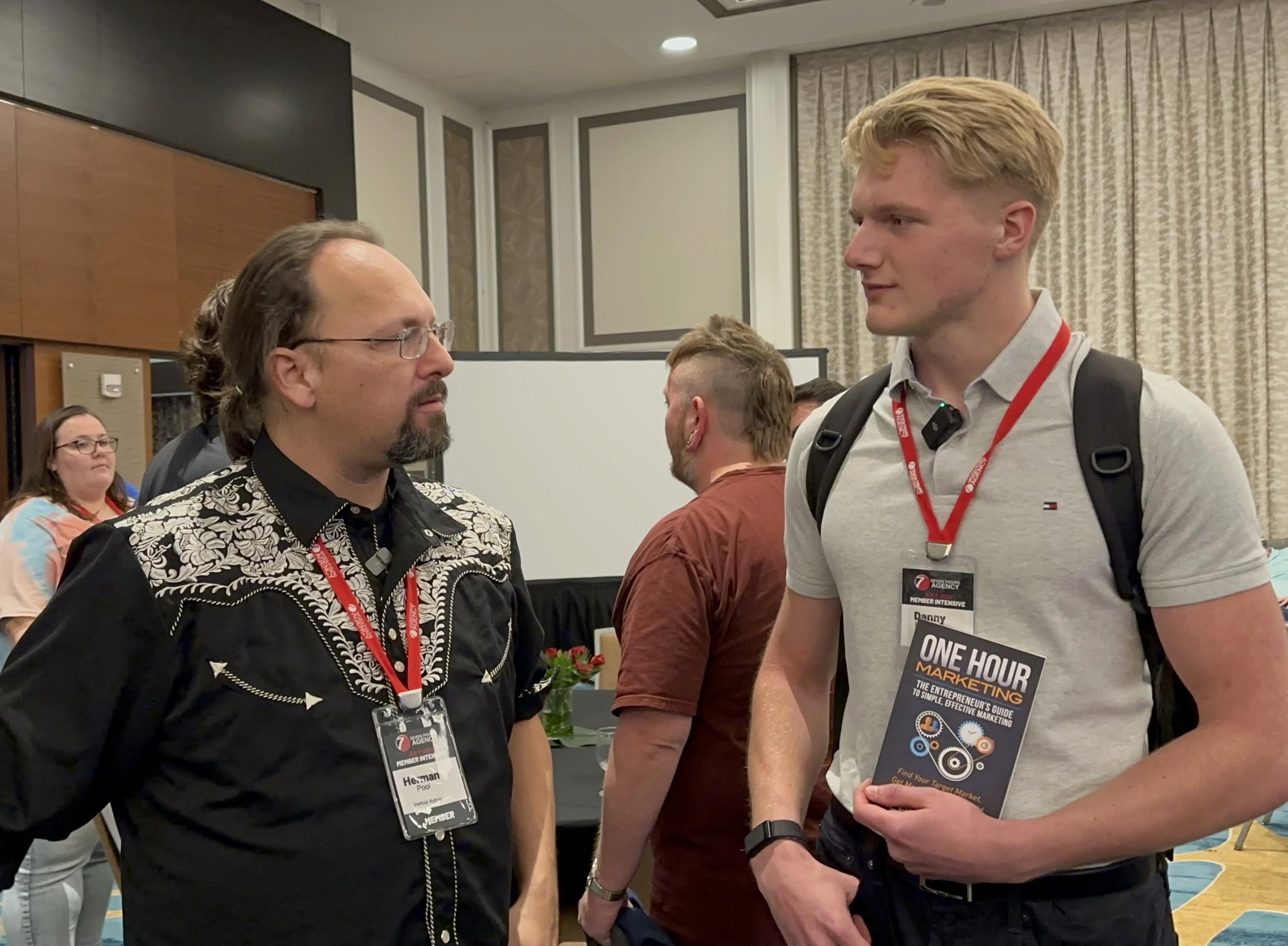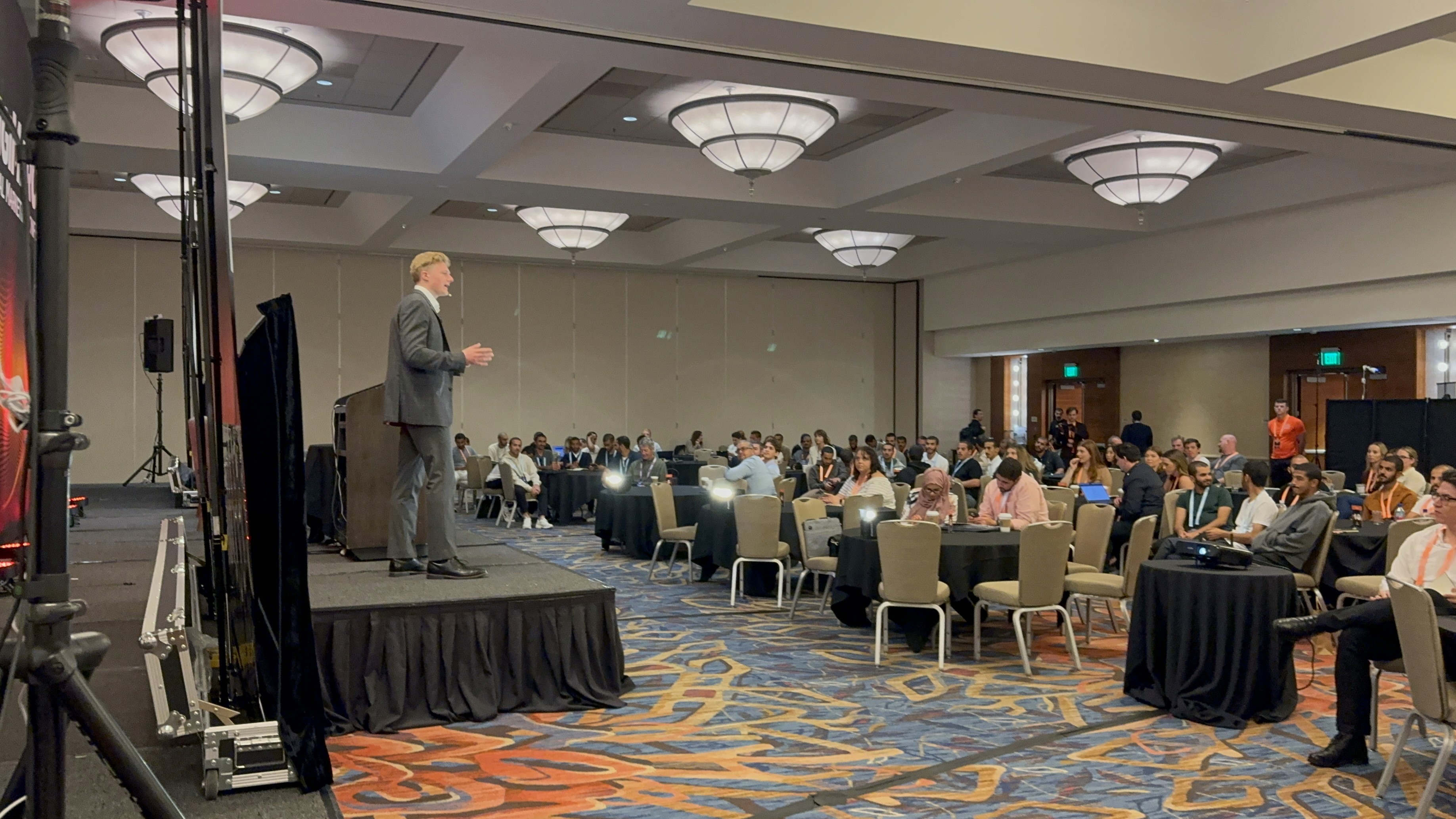Local Marketing Secrets
How To Learn Local SEO as a Beginner: Greg Gifford
May 10, 2024
Hey there, it’s Danny Leibrandt—founder of Pest Control SEO. I recently sat down with local SEO expert Greg Gford, a true veteran who's been immersed in SEO for over 20 years and local SEO for 15+ years. In our conversation, Greg shared his journey, experiences from the early days of SEO, and offered actionable tips that every local business owner can use today to boost their online visibility. Whether you’re running a single-location operation or managing a multi-location service, there’s plenty of valuable insights in this discussion. Let’s dive in!
/ / / / / / / /
From Flash Design to SEO Mastery
Greg kicked off our chat by sharing his fascinating origin story. Starting out as a Flash designer (yep, back when Flash ruled the web), he quickly discovered a problem: Flash websites weren’t playing nice with search engines. Driven by curiosity—and perhaps a bit of rebellion against the “stupid” intro animations—Greg began to experiment with getting content indexed. This is what ultimately led him into the world of SEO.
He explained that his early work was very hands-on: he built flash websites, figured out ways to make their content visible to Google, and transitioned from design to managing web projects. It wasn’t long before he was running entire design departments, then marketing teams, and eventually heading up SEO departments for car dealership websites. His evolution is a classic example of how embracing change and learning new skills can pave the way for long-term success.
The Evolution of Local SEO
Back When It Was Simple
If you’ve been in the SEO game for a few years like me, you might find it hard to believe that 20 years ago ranking on Google was as simple as packing the right keywords on your page. Greg recalled how the early days involved matching keywords, securing any old links, and playing by different rules—rules that don’t exist at all today.
The Local SEO Revolution
Local SEO, in particular, was a breeze back then. All you had to do was fill out your Google listing (or what was known then as Google Places, later evolved into the Google Business Profile) and you were good to go. But as Google grew smarter, the emphasis shifted from a simple checklist to understanding the “why” behind each action.
Greg emphasized that while checklists can point you in the right direction, knowing the reasoning behind each SEO tactic is essential. In local SEO, what works for a pest control business in rural Iowa might not work for a pest control company in downtown Los Angeles. There’s no one-size-fits-all strategy; you have to know your market.
Crafting Effective Local Service Pages
One of the hottest topics we discussed was the optimization of local service pages. Here’s what Greg recommends:
Dedicated Content Per Service:
Instead of lumping all services onto one generic page, create individual pages. For instance, don’t just have “Dallas Pest Control” as one page—instead, break it down by specific services (like rodent control, termite control, etc.) that address the specific needs of your local audience.Keyword & Location Consistency:
Ensure your title tags, H1 headings, URL slugs, alt text, and meta descriptions consistently feature the same keyword and location phrases. This consistency helps Google recognize and rank your page better in local searches.User-Focused Content:
Write naturally—as if you’re speaking directly to a customer. The goal is to answer their questions and guide them through their buying journey. Your content should be the best answer available in your local area, even if it’s not the flashiest or most comprehensive page on the internet.
Internal & External Linking: Navigation and Authority
Internal Linking Strategies
Greg stressed the importance of a well-thought-out internal link structure. Rather than peppering every page with links to every other page, think of your site structure as a pyramid:
Top of the Pyramid:
Your homepage serves as the central hub.Middle Layers:
Create category pages that link to more detailed service pages.Bottom of the Pyramid:
Within your service pages, include links only to content that furthers the customer journey on that specific topic.
This focused approach not only improves user experience but also helps search engines understand which pages are most critical.
External Linking: Quality Over Quantity
When it comes to linking out, Greg advises doing it only if it genuinely adds value to your content. Outbound links don’t boost your ranking. They’re there to provide additional context or credibility—and buying links or engaging in any unnatural linking behavior will ultimately hurt your credibility in the eyes of Google.
Backlink Building the Right Way
Local backlink building remains a challenge for many business owners. Greg’s advice? Go back to the basics:
Old School Marketing:
Get involved in your community. Sponsor local events, join local business groups, or even sponsor a neighborhood watch. Natural, community-based links are far more valuable than artificial link-building tactics.Avoid “Buy Links” Schemes:
Stay away from any service that promises hundreds or thousands of links for a low price. Not only is this risky from an SEO perspective, but it also doesn’t hold any real value in the long run.
In essence, create relationships and trust in your local community and let the links come naturally.
Leveraging Reviews, Content, and Modern Marketing Platforms
The Power of Reviews
Whether you’re using business cards, email sequences, or QR codes on receipts—simply ask your customers for reviews. Happy customers are usually willing to leave a positive review if you prompt them right after a successful service. This not only boosts your local reputation but also influences search rankings.
Blogs and Content: The Long Game
I’m a big believer in the importance of content. As Greg put it, don’t just focus on bottom-of-the-funnel content (the “I need pest control now” pages). It’s crucial to also produce educational content that answers mid- to top-of-funnel questions. Whether it’s blog posts about termite prevention or tips on spotting early signs of pest problems, such content helps you establish trust and authority—even if the conversion isn’t immediate.
Diversifying Marketing Platforms
We also touched on other channels—beyond organic SEO:
Google Ads and Local Service Ads:
These are especially effective at capturing high-intent leads and overcoming the proximity bias.Social Media and Video Marketing:
Don’t neglect YouTube, Instagram, or even TikTok. Your target audience is out there, and it’s important to meet them on the platforms they frequent.Offline Marketing:
While we’re a digital-only agency, Greg acknowledges that traditional media like billboards or local TV can still play a role for larger businesses, though digital usually offers better attribution and ROI for most of us.
Public Speaking and Industry Authority
Greg’s journey isn’t just confined to SEO tactics—he’s also a seasoned public speaker. His advice for budding presenters?
Be Yourself:
Authenticity wins every time. Don’t mimic someone else’s style. Instead, learn from others, then adapt what works naturally for you.Practice and Learn Continuously:
Attend webinars, watch conferences, and be a student of the game. It’s not just about delivering information; it’s about connecting with your audience in a memorable, engaging way.
This blend of technical SEO knowledge with strong presentation skills has helped Greg secure influential roles and speaking engagements worldwide—a reminder that the personal touch matters as much as the technical details.
Looking Into the Future of Local SEO
When it comes to the future, Greg is cautiously optimistic. Despite all the buzz around AI, E-A-T (Expertise, Authority, Trustworthiness), and other trends, the fundamentals remain the same: answer your customer’s questions better than anyone else. Google’s always evolving, but if you focus on quality content and the right user experience, you’re set up for long-term success.
Key Takeaways for Local Business Owners
Understand the “Why”:
Don’t just follow checklists. Learn why each element of your SEO strategy matters.Build Dedicated Service Pages:
Create one focused page per service to target specific local queries.Optimize Page Elements:
Keep your keywords and location phrases consistent in titles, headings, URLs, alt text, and meta descriptions.Structure Internal Links Thoughtfully:
Use a pyramid linking model to guide both users and search engines.Earn Quality Backlinks Naturally:
Engage with your community and build relationships rather than trying to game the system.Diversify Your Content and Marketing Channels:
Invest in content marketing across different stages of the funnel and leverage digital platforms where your audience is active.Embrace Continuous Learning:
Whether it’s public speaking or the latest SEO tactics, never stop learning and adapting.
Final Thoughts
I truly enjoyed this conversation with Greg Gford. His deep knowledge and practical advice on both the technical and human aspects of local SEO offer a roadmap for local business owners striving to improve their online presence. By focusing on genuine, community-centric strategies and quality content, you can not only climb the rankings but also connect with your customers in a meaningful way.
Thanks for reading, and I hope you found these insights as valuable as I did. If you have any questions or need further guidance on local SEO for your pest control or any local business, feel free to reach out!
P.S. Check out the full episode here:
Latest
More Blogs By Danny Leibrandt
Get the latest insights on business, digital marketing, and entrepreneurship from Danny Leibrandt.





















